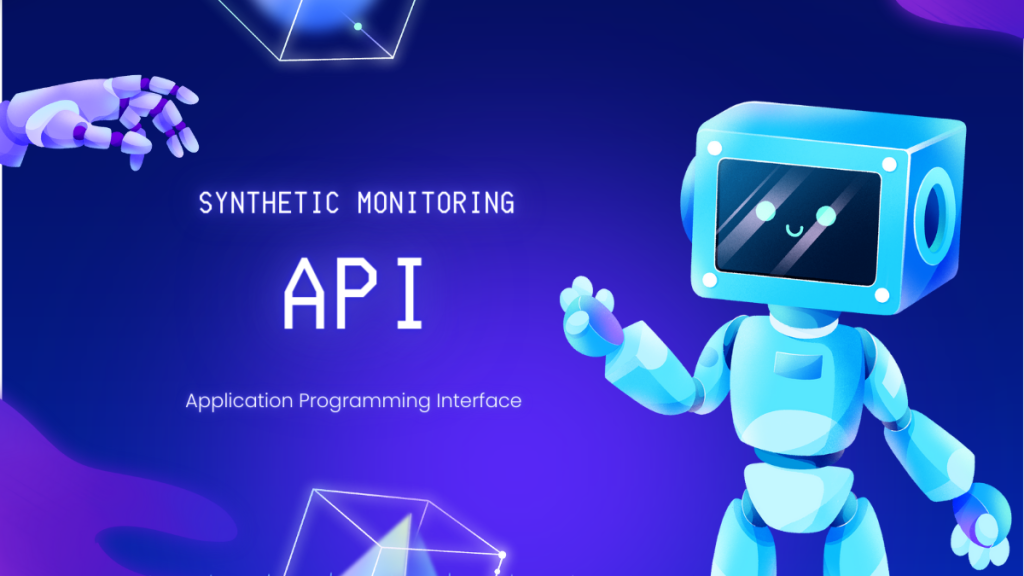An API, or Application Programming Interface, is a set of rules, protocols, and tools for building software and applications. It specifies how software components should interact. APIs are used to enable the integration between different software applications, allowing them to communicate with each other without knowing the internal workings of each other’s software.
There are several types of APIs, including:
- Web APIs: These are designed for the web and usually provide access to services over the HTTP protocol. Examples include REST (Representational State Transfer), SOAP (Simple Object Access Protocol), and GraphQL APIs.
- Library/Framework APIs: These APIs are part of libraries or frameworks and allow developers to use their functionalities within their own code. For example, the jQuery library provides an API for simplifying HTML document traversing, event handling, and Ajax interactions.
- Operating System APIs: These provide functions for interacting with the operating system, such as file handling, creating and managing processes, and networking. An example is the Windows API (WinAPI) for Microsoft Windows operating systems.
- Database APIs: These enable communication with database management systems. They allow for creating, reading, updating, and deleting data in a database. SQL (Structured Query Language) is an example of a database API.
APIs play an important role in software development by encouraging code reuse and modular programming. They let developers to use certain features without having to create them from start, saving time and effort.
